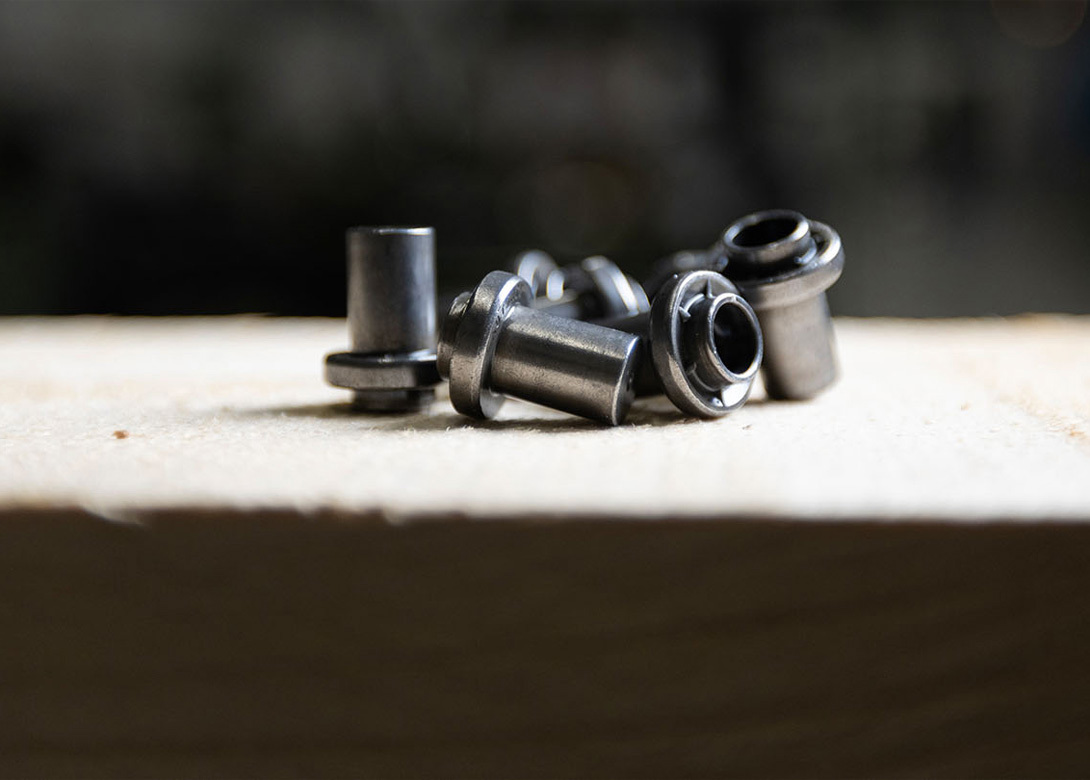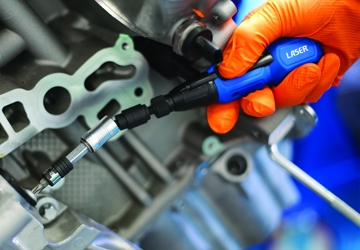

Gas-tight and waterproof connecting elements are becoming increasingly important in the age of electromobility. They are essential for the safety and reliability of electrical components and are used in various areas such as electronic housings, charging infrastructures and battery cases. This is where rivets and rivet nuts from MDS come into play.
Blind rivet nuts and rivet nuts are designed to be used in hard-to-reach places or on thin materials. This is particularly helpful when only one side of the material is accessible, such as with pipes or hollow sections. For applications with one-sided accessibility, the spin-pull method can be used to set rivet nuts. These fasteners are ideal for assembling metal profiles, composite materials or plastics and they also enable threading in brittle and soft materials.
A reliable seal is ensured by rivet elements such as closed rivet nuts, spacers and sealing blind rivet nuts and blind rivets. They can protect sensitive parts in battery systems from damage that could be caused by the ingress of liquids or air. These sealing fasteners also work well in tanks, airtight chambers, air conditioning and hydraulic systems, ensuring that liquids or gases cannot escape through the connection or penetrate to the outside.
Closed rivet nuts provide screws with a strong thread base, as the deformation of the fastener's rivet collar results in a heavy-duty structural connection. Thanks to their tight fit or separately applied seals, closed rivet nuts prevent the ingress of liquids and gases. Rivet nuts are particularly helpful in demanding applications where high resilience and durability are required. They are mainly made of steel or stainless steel and have high tensile and shear strength.
Closed blind rivet nuts are used to create threads for screws installed in thin or hollow materials, thus ensuring a sealing function by tightly enclosing the material, which prevents liquids from penetrating.
Components can also be separated using closed spacers. Usually made of steel or stainless steel or an insulating material such as plastic, they offer optimal sealing thanks to their closed shape. For example, they are used in electric vehicle batteries as insulators to prevent positive and negative electrodes from coming into contact with each other. Common surface coatings include zinc-nickel coatings, which are used in the chemical separation of steel and aluminium.

Becca is the latest member to join our team and is eager to get stuck into the world of fasteners. She brings an enthusiastic and fresh outlook on what we do editorially and will be leading our social media activity – including sourcing material, editing articles and posting online.





